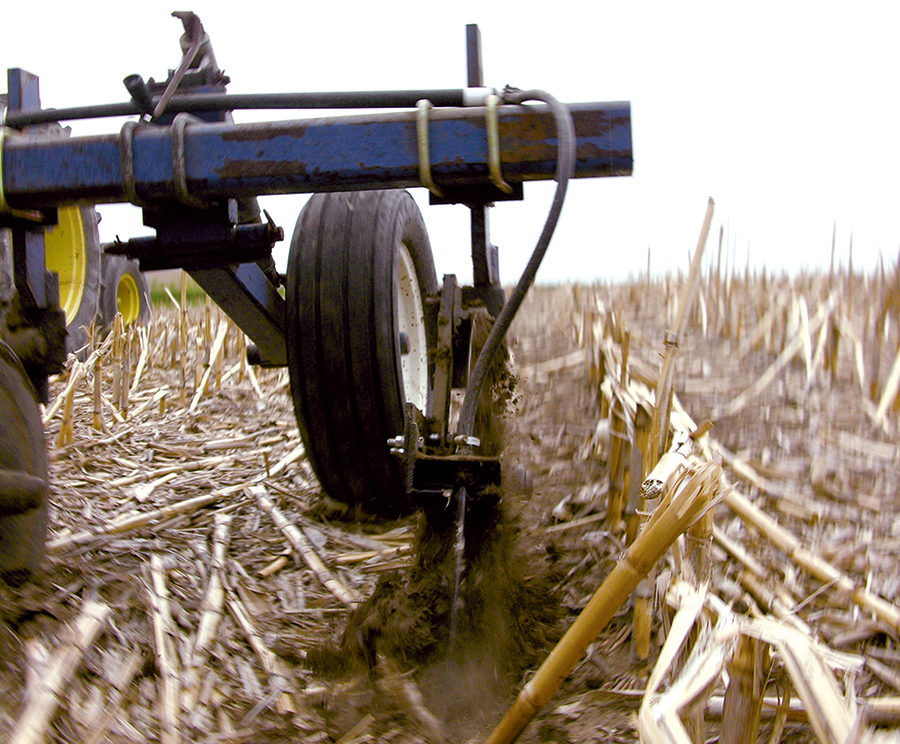No-Till Farmer
Get full access NOW to the most comprehensive, powerful and easy-to-use online resource for no-tillage practices. Just one good idea will pay for your subscription hundreds of times over.

The higher the cost of the input, the more important it becomes to maximize efficiencies and make sure that input pays dividends. High fertilizer prices paired with potential environmental impact makes managing nutrient inputs doubly important.
Unfortunately, there are multiple factors that can work alone or in combination to rob no-tillers of maximum profit from their fertilizer investment. Weather conditions, application method, application timing, fertilizer type, residue levels and more can slowly whittle away at fertilizer program profitability. And, they can counter some of the many environmental benefits of conservation tillage.
In this article, we will identify where fertilizer programs are vulnerable to losses. Plus, we’ll share timing, application processes and product options that can help no-tillers make sure their fertilizer investment stays put and is available to their crops.
Missy Bauer, field agronomist for The Andersons, offered up loads of information on maximizing fertilizer efficiency and boosting plant nutrient uptake to attendees at the 17th annual National No-Tillage Conference last January.

“Nitrogen is obviously expensive and it’s easily lost,” Bauer told a packed classroom. “Plus, nitrogen has more impact on yield than any other nutrient, so we want to try and keep or contain as much of it as we can.”
When you apply fertilizer or fix nitrogen with cover crops, there’s a good chance at least a portion of those inputs will be unavailable to growing crops.
While fertilizer applications and soil nutrients can be lost to denitrification, leaching and volatilization, sometimes they remain in…